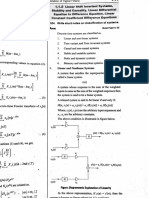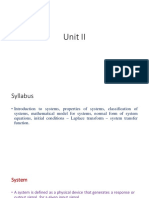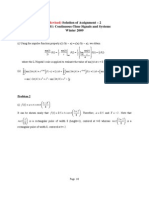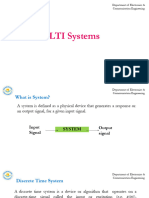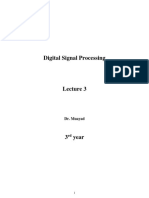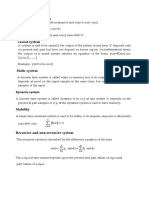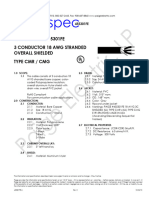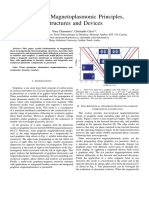0% found this document useful (0 votes)
40 views29 pagesSignals & Systems
The document discusses different types of systems including static/dynamic, causal/non-causal, time invariant/time variant, linear/non-linear, and stable/unstable systems. It provides examples and definitions for each classification. Key points covered include:
- Static systems have memory while dynamic systems depend on present, future, and past inputs.
- Causal systems depend only on past and present inputs, while non-causal systems depend on future inputs.
- Time invariant systems produce identical output shifts for input shifts, while time variant systems do not.
- Linear systems satisfy superposition, while non-linear systems do not.
- Stable systems produce bounded outputs for bounded inputs, while unstable
Uploaded by
Francy RaniCopyright
© © All Rights Reserved
We take content rights seriously. If you suspect this is your content, claim it here.
Available Formats
Download as PPTX, PDF, TXT or read online on Scribd
0% found this document useful (0 votes)
40 views29 pagesSignals & Systems
The document discusses different types of systems including static/dynamic, causal/non-causal, time invariant/time variant, linear/non-linear, and stable/unstable systems. It provides examples and definitions for each classification. Key points covered include:
- Static systems have memory while dynamic systems depend on present, future, and past inputs.
- Causal systems depend only on past and present inputs, while non-causal systems depend on future inputs.
- Time invariant systems produce identical output shifts for input shifts, while time variant systems do not.
- Linear systems satisfy superposition, while non-linear systems do not.
- Stable systems produce bounded outputs for bounded inputs, while unstable
Uploaded by
Francy RaniCopyright
© © All Rights Reserved
We take content rights seriously. If you suspect this is your content, claim it here.
Available Formats
Download as PPTX, PDF, TXT or read online on Scribd
/ 29














